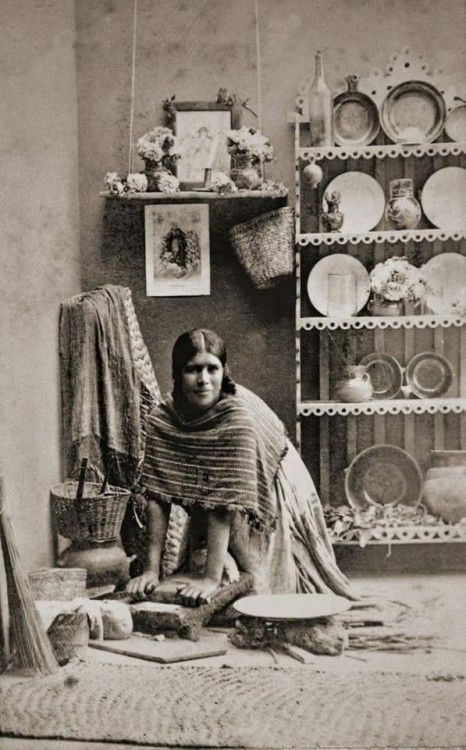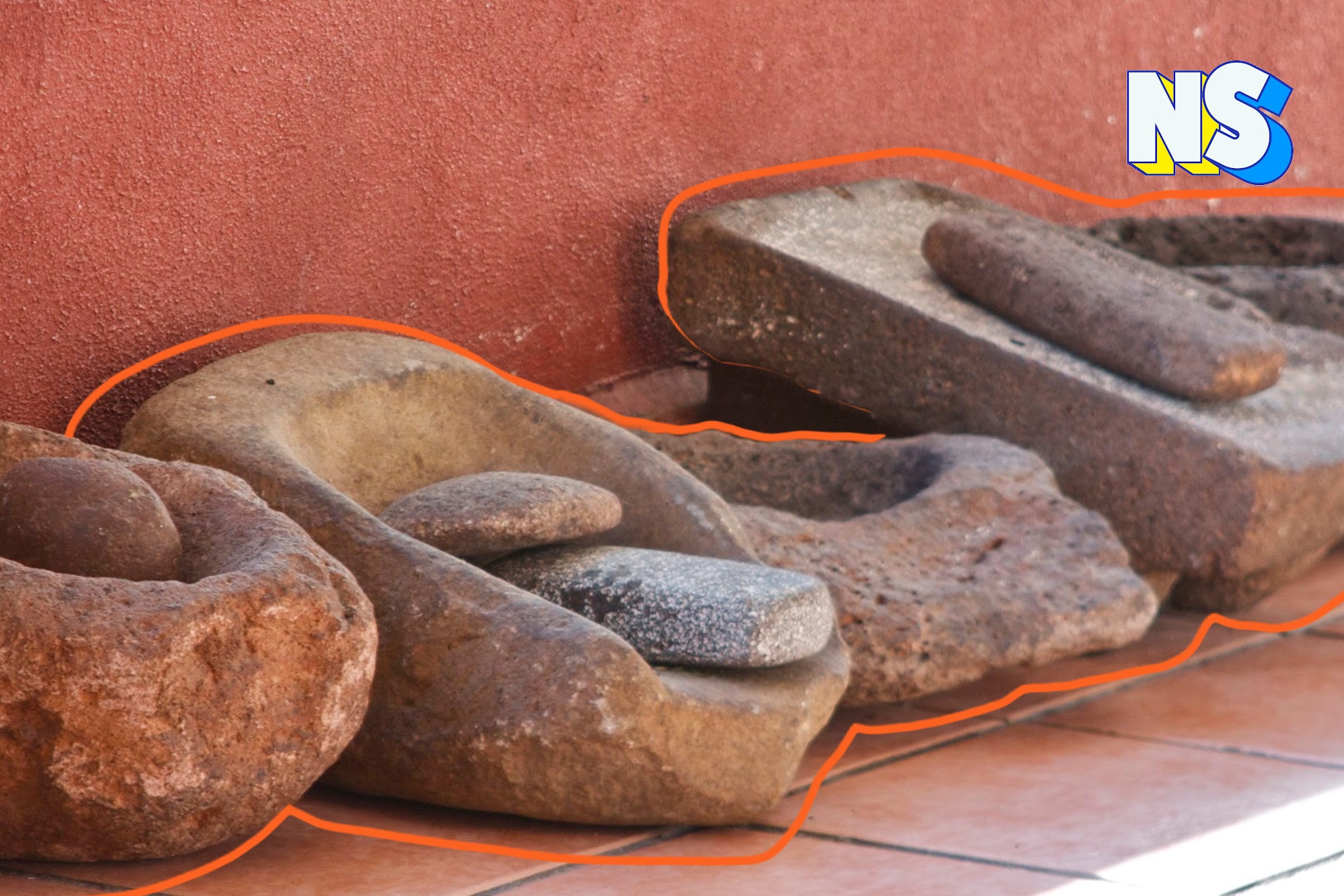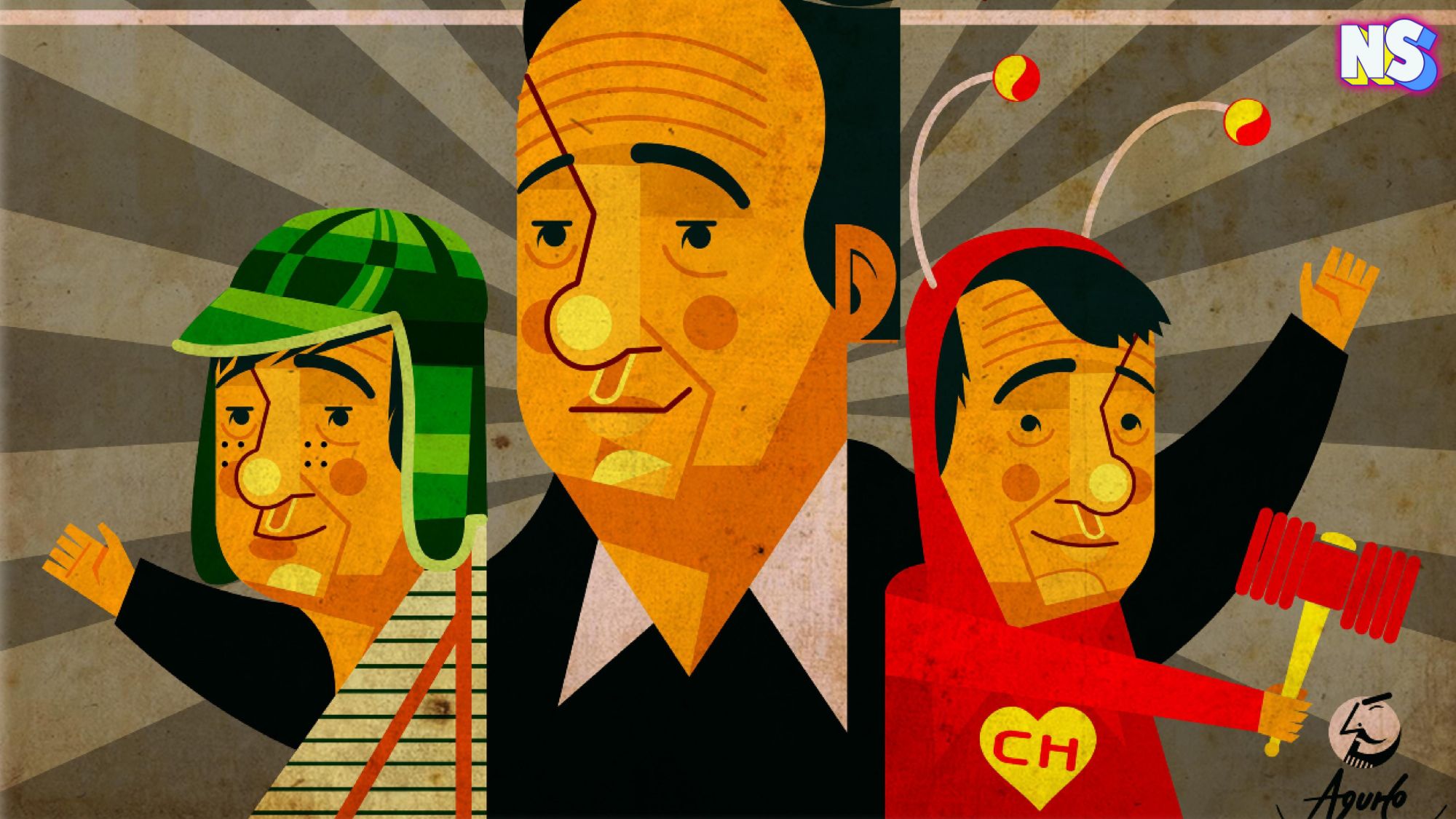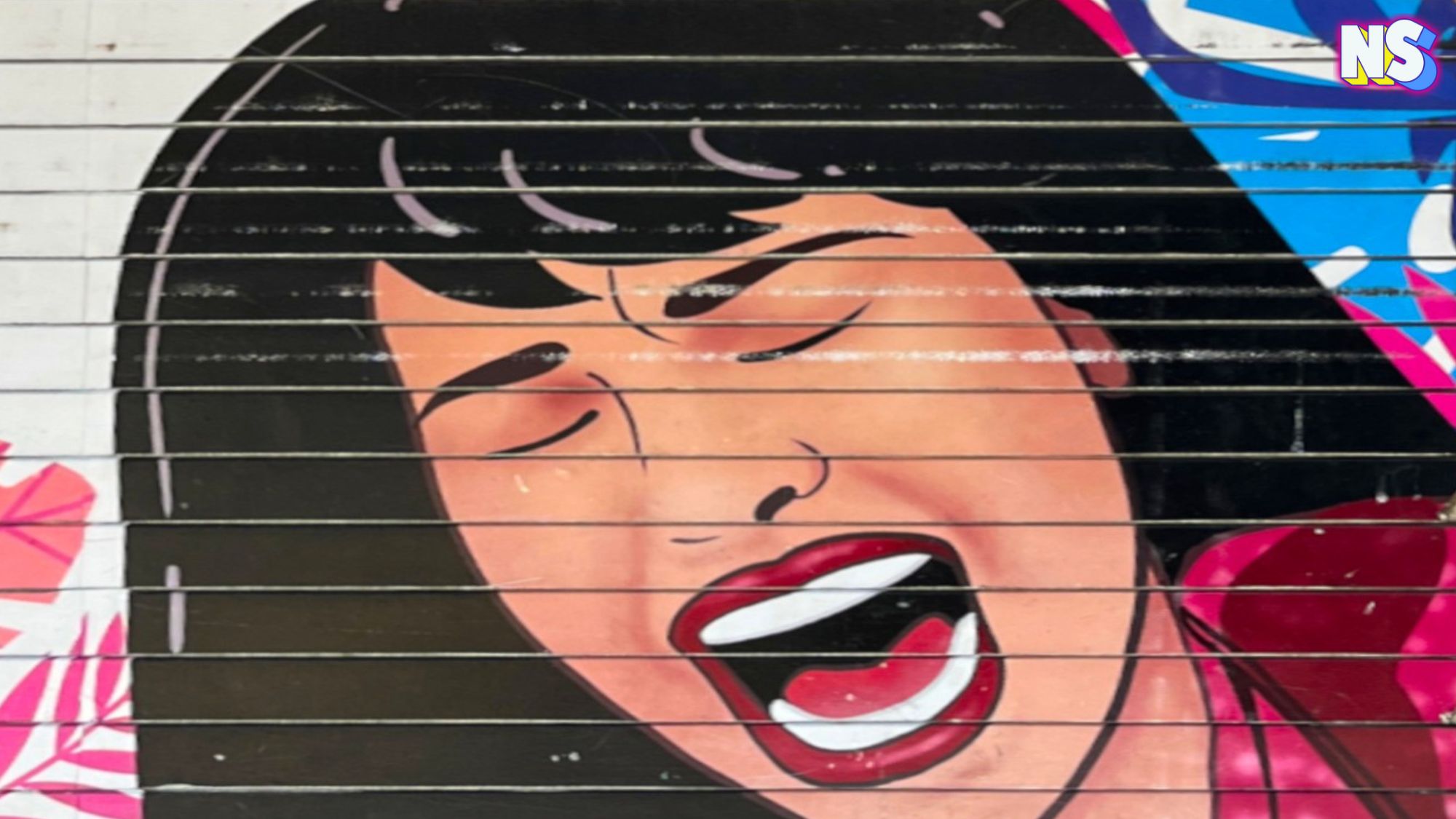Image courtesy of Nuestro Stories.
“Con la que entiende de atole y metate, con esa cásate,” the saying goes.
Latin American culinary tradition is rich not only in ingredients and recipes but also in utensils. Many of them, such as the metate, are a direct legacy of pre-Hispanic communities that has survived centuries and survives today.
The metate (from the Nahuatl metlatl) is a rectangular polished stone plate used to grind grains such as corn or cocoa. The instrument has three or four legs and a cylindrical roller.
It is usually made of hard materials, such as volcanic stone, with little porosity to avoid contamination of the flavors. They can also be made of terracotta or metamorphic rock such as granite.
This utensil, which researchers date back to 3000 B.C., survives today. It is very common to prepare traditional foods such as moles and masa for tortillas. It is something like an immortal mill.
@themarccanthonyy Some history on the ancient and sacred food of MOLE which is ancestral food of the indigenous people of mexico #criticalracetheory #nativetiktok #Nativetok #spiritualtiktok
♬ original sound – 🧿Mr.Mestizo🧿 – 🧿Mr.Mestizo🧿
The metate was a symbol of luxury in pre-Hispanic cultures
Just as the blender is one of the most common kitchen utensils today, so was the metate for pre-Hispanic societies. According to the National Institute of Anthropology and History of Mexico, this instrument was necessary for the economy of households before and after the Conquest, as it facilitated the production of flour, sauces, and dyes.
The sound of women grinding became a metaphor for hard work, family, and communion around the hearth.

The metate was so important that it was adorned with engravings to identify it and was even part of the marriage dowry.
The symbolism of this utensil was such that breaking one meant an affront to the family.
From Mexico to Belize, passing through El Salvador, Honduras, and Nicaragua, the metate is considered one of the oldest instruments in the history of mankind. And its symbolism still prevails today.
Grinding as a community ritual
The metate became a central element in pre-Hispanic cultural dynamics. Indigenous women used to gather around the milling, as their work required a lot of effort. The instrument was usually on the floor, so women took turns squatting to grind the corn.
Even with the modernization of the instruments and the arrival of electricity, the metate survived. Although it became a symbol of poverty and marginalization, many communities continued to use it.
The metate lives on today in Mexico’s most profound communities. It continues to be central in families’ homes tilling the fields and has gone from being a pre-Hispanic instrument to a symbol of pride and nostalgia.





